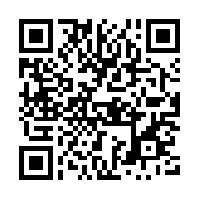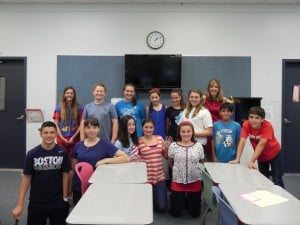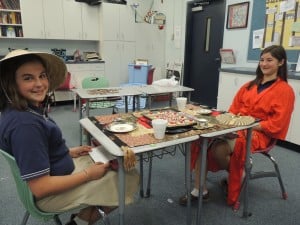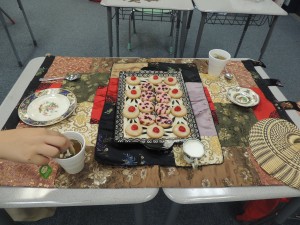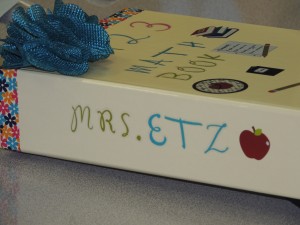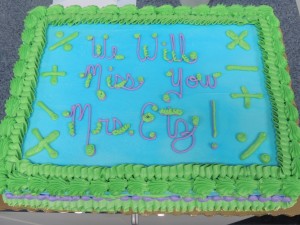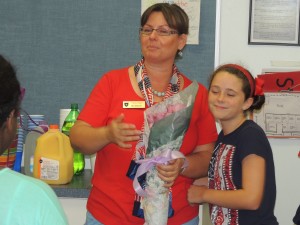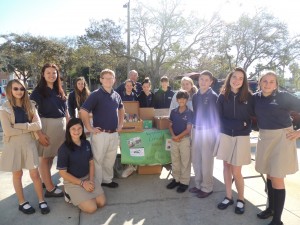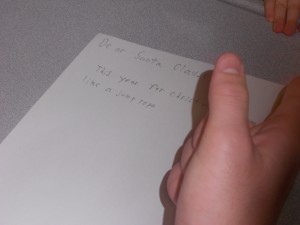Today I told my kids that we were taking a virtual field trip, also known as a webquest, to Ancient Greece via our new iPads. Similar to an actual field trip, the goal is not to rush off the bus, see one thing, run to be the first person back to the bus, and then stand around waiting, doing nothing, until everyone else returns to the bus. The goal is to learn as much as possible in the time allotted.
Photo Credit: Pedro Szekely via Compfight
Imagine that you are on a field trip to the Acropolis. Everyone must stay at the Acropolis, no side trips to McDonald’s, but everyone is free to explore the parts of the Acropolis that he or she finds most interesting. Some kids might go to the Parthenon, others to the Erechtheion, to the Propylaia, or to the temple of Athena Nike. That’s how our virtual trip worked as well. The kids scanned a QR code which brought them to a website related to Ancient Greece. Once on the site, each student was free to explore according to his/her own tastes and interests.
Here is one site we visited. Click on the picture to explore with us!
On a real field trip, after returning to the bus, you might talk with people around you about what you saw in your section of the park. “The Parthenon is huge! It looks like the one in the Percy Jackson movie!” or “My Nikes stood at the Temple of Nike!” We had similar discussions on our virtual field trip. Once we had explored the site individually, we shared our information in small groups, and then chose the most interesting tidbit to relate to the entire class.
In order to find the web sites most efficiently, some of us whose iPads had a free scanner app on them scanned the QR code to quickly connect to the site. Those without a scanning app could also find the site by typing the URL address.
or
http://www.ngkids.co.uk/did-you-know/10-facts-about-the-Ancient-Greeks
What was the most interesting piece of information you learned while visiting Ancient Greece?



